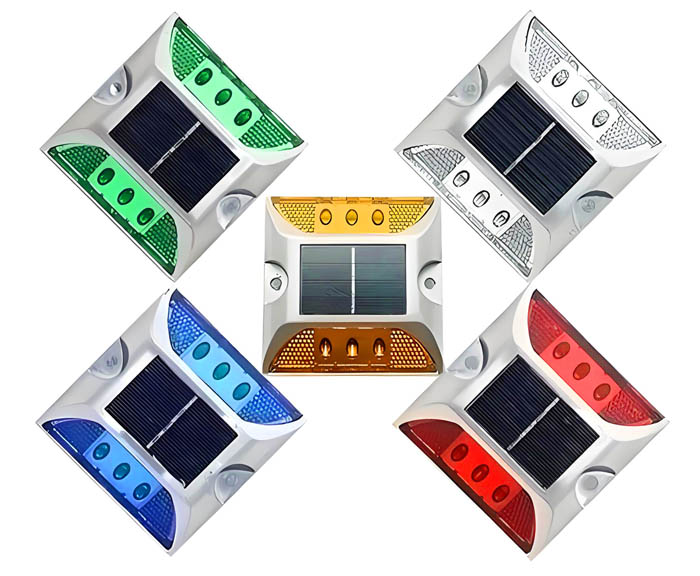The performance of a solar road stud depends heavily on its IP rating. So what does this rating actually mean?

The IP rating system, developed by the International Electrotechnical Commission (IEC), categorizes equipment into different classes based on the ability of the electrical enclosure to resist dust, solid objects, and moisture. This categorization is designed to help us accurately assess how well a device is protected against external factors such as dust, moisture, and accidental contact with electrical components.
The IP rating consists of two key numbers:
1.The first number, reveals the level of protection the device offers against solid objects and dust.
2.The second number, on the other hand, reflects the device’s defense against moisture and water intrusion.
In short, the higher these two numbers are, the higher the level of protection the device offers.
Understanding the First Digit (Solid Object and Dust Protection)
| Digit | Protection Level |
| 0 | No protection against solid objects. |
| 1 | Protection against large objects (diameter >50mm), preventing accidental contact with large surfaces. |
| 2 | Protection against medium-sized objects (diameter >12mm), including fingers from reaching live or moving parts. |
| 3 | Protection against small objects (diameter >2.5mm), such as tools and thick wires. |
| 4 | Protection against very small objects (diameter >1mm), preventing access with thin wires or small tools. |
| 5 | Limited dust protection—small amounts of dust may enter but do not interfere with normal operation. |
Understanding the Second Digit (Moisture and Water Protection)
| Digit | Protection Level |
| 0 | No protection against water. |
| 1 | Protection against vertically falling water droplets (e.g., light rain). |
| 2 | Protection against water droplets when tilted up to 15 degrees. |
| 3 | Protection against sprayed water at angles up to 60 degrees. |
| 4 | Protection against splashing water from any direction. |
| 5 | Protection against low-pressure water jets from any direction. |
| 6 | Protection against powerful water jets and temporary flooding. |
| 7 | Protection against temporary immersion in water under defined conditions. |
| 8 | Protection against continuous immersion in water under specified conditions. |
How to pick the right IP rating for solar road studs?
After gaining an in-depth understanding of the IP rating system, customers will be able to make an informed choice for solar road studs based on the actual needs of their environment. Here are some practical suggestions:
1.In dry areas, IP65 rated road spikes are adequate for dust and rain.
2.For areas with heavy rainfall, IP67 or IP68 rated road studs are able to maintain excellent performance even when briefly submerged.
3.And in coastal areas or flood-prone zones, IP68-rated road studs are certainly ideal for prolonged underwater exposure.

In summary, by referring to the IP rating system, buyers are able to make more informed decisions about the durability and longevity of solar studs based on their specific needs.


Leave a Reply